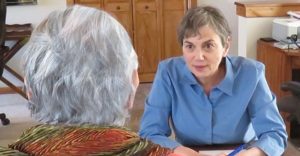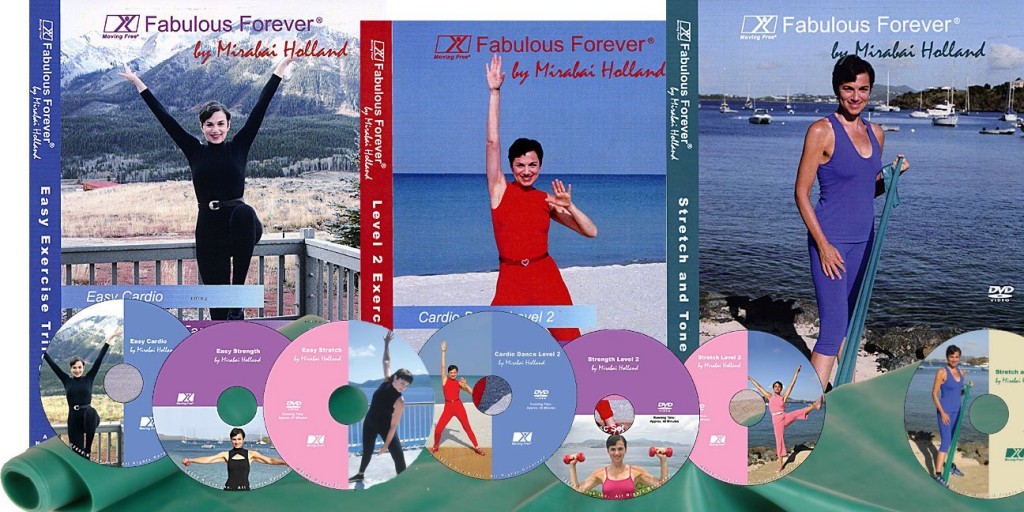 Heart Health News: Eat Berries, Drink and Be Fit! It just may help to save your heart and the one that you love!
Heart Health News: Eat Berries, Drink and Be Fit! It just may help to save your heart and the one that you love!
Since heart disease is the No. 1 killer of women and men in the U.S., I thought I’d focus on prevention. After all, if you prevent heart disease, you’re very unlikely to die from it.
Heart Health News Research
A Harvard study says women who eat three or more servings of strawberries or blueberries a week can lower their risk of heart attack by 32 percent. The study also said grapes, eggplant and blackberries may work too. It’s those flavonoids again. The antioxidants you find in red wine, dark chocolate, green tea, apple skin, etc. Rule of thumb: The darker the color, the more flavonoid content. They slow down your aging clock and prevent disease by keeping free radicals from damaging cells in your body.
Free radicals are incomplete molecules looking for an electron so they can complete and stabilize themselves. Sounds like something you’d hear in therapy. They steal an electron from a neighboring molecule, turning it into a free radical and setting off a chain reaction. They contribute to the aging process and a wide range of diseases.
We form them naturally when we breathe and metabolize. Free radicals don’t wreak havoc with your body until you have too many of them. They can be formed by oxidative stress, like intense exercise, smoking and exposure to environmental toxins.
Enter the flavonoids. They give the free radicals one of their electrons and stop them in their tracks. They help prevent heart disease by stopping LDLs (bad cholesterol) from breaking down and forming plaque in your arteries.
Nowadays, you can get berries year round, and they are a perfect low-calorie food, alone, in yogurt, or sprinkled on your cereal. So let’s have a few servings of berries, some eggplant, and maybe a square of dark chocolate for dessert. Not such a major lifestyle change.
Heart Health News: Since we are talking about prevention, how about stress?
A series of studies by Columbia University Medical Center says whether or not we perceive ourselves as stressed can be a measure of whether or not we’ll have a heart attack in the future. So from now on, I’m not going to perceive myself as stressed. Yeah. Good luck with that.
Seriously: My clients who exercise regularly, particularly aerobic exercise, tend to think of themselves as being more relaxed. And they are more relaxed. Aerobic exercise releases endorphins, the body’s natural tranquilizer, and they know they’re getting the heart benefits of all that cardio. To get the maximum benefit from cardio exercise, most people should build up to 45 or more minutes at 60 to 80 percent of your max heart rate. If you’re just starting out, you can ease in with a few minutes a day at a comfortable pace and add more as it gets too easy. But here’s the rub: Aerobic exercise, because it requires so much oxygen, is an oxidative stressor. It produces free radicals.
People who exercise once in a while or really hard only on the weekend are more at risk for producing harmful levels of free radicals. But studies have found that people who exercise regularly tend to adapt and produce enzymes that create antioxidants minimizing free radicals’ negative effect.
So here’s the formula: Eat berries, dark chocolate and get regular cardio so you don’t perceive yourself as stressed. It’s an eclectic concoction, but I think it’s tastier than one of those midnight vegetable smoothies. Don’t you?
EASE IN, BECOME MOBILE, GET STRONG, LIVE LONG!
50% OFF TOTAL MEMBERSHIP ONLINE WKOUT CLUB Code: FAB CLICK HERE

ALL WORKOUT DVDs – FREE USA SHIPPING Code: CLICK HERE
TAKE CHARGE OF YOUR HEALTH! GET STRONG, LIVE LONG! For more info on health and wellness programs please visit www.mirabaiholland.com
 40% OFF FIRST HEALTH COACH SESSION CLICK HERE
40% OFF FIRST HEALTH COACH SESSION CLICK HERE
GREAT FOR WOMEN WHO WANT TO GET HEALTHY & STAY FIT WITH MIRABAI’S SIGNATURE MOVEMENT TECHNIQUE AND HEALTH COACHING SESSIONS THAT TAKES THE PAIN OUT OF THE GAIN! IF YOU ARE STRUGGLING WITH AGE ONSET ISSUES LIKE WEIGHT GAIN, MENOPAUSE, OSTEOPOROSIS, HEART DISEASE, DIABETES, ARTHRITIS AND MORE YOU. Available on Skype or Phone.
For more information about Health & Wellness coaching contact askmirabai@movingfree.com
Follow Mirabai Holland, Certified Health Coach & Certified Exercise Physiologist:
For more info on health and wellness programs please visit www.mirabaiholland.com
Follow Mirabai Holland, Certified Health Coach & Certified Exercise Physiologist:












